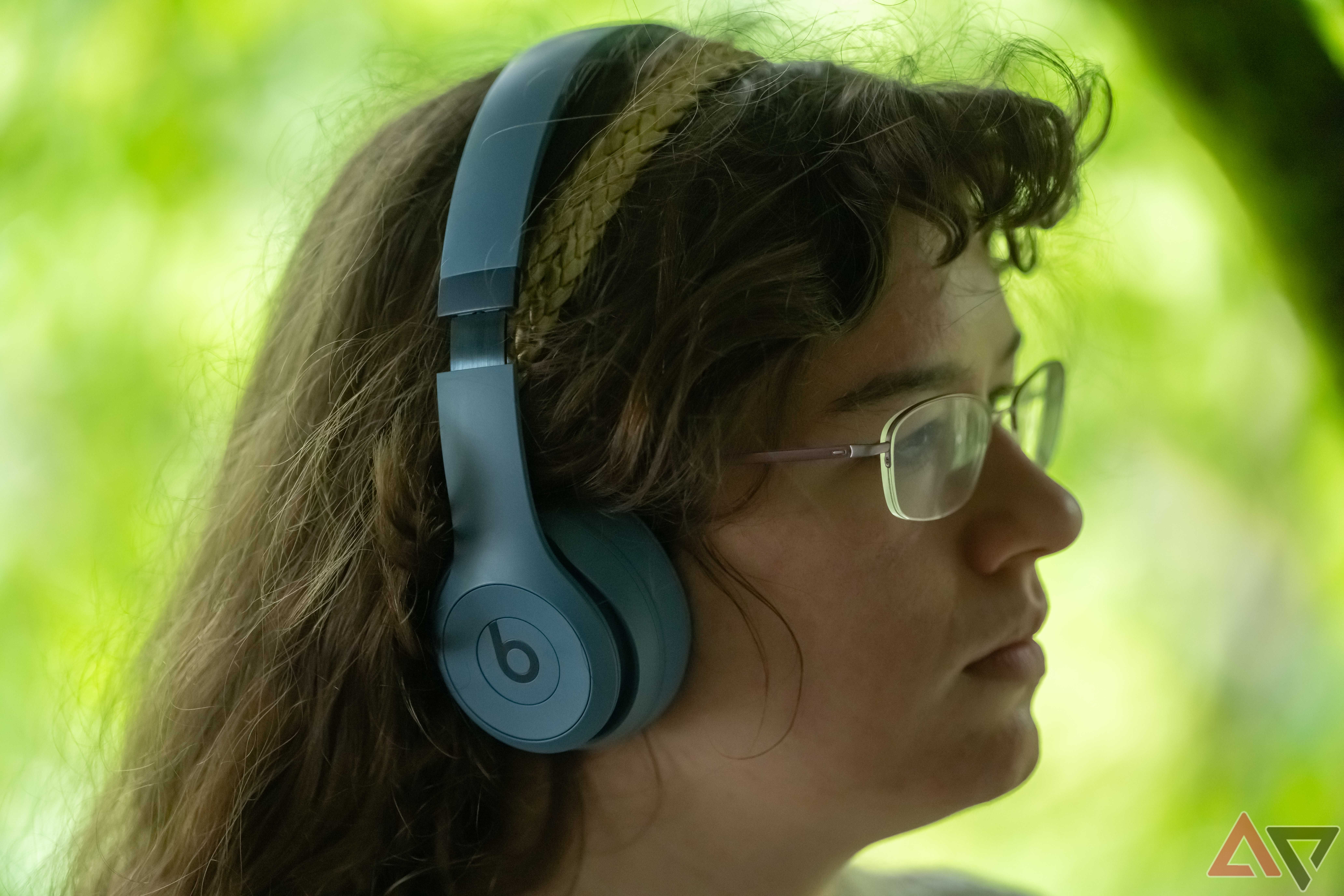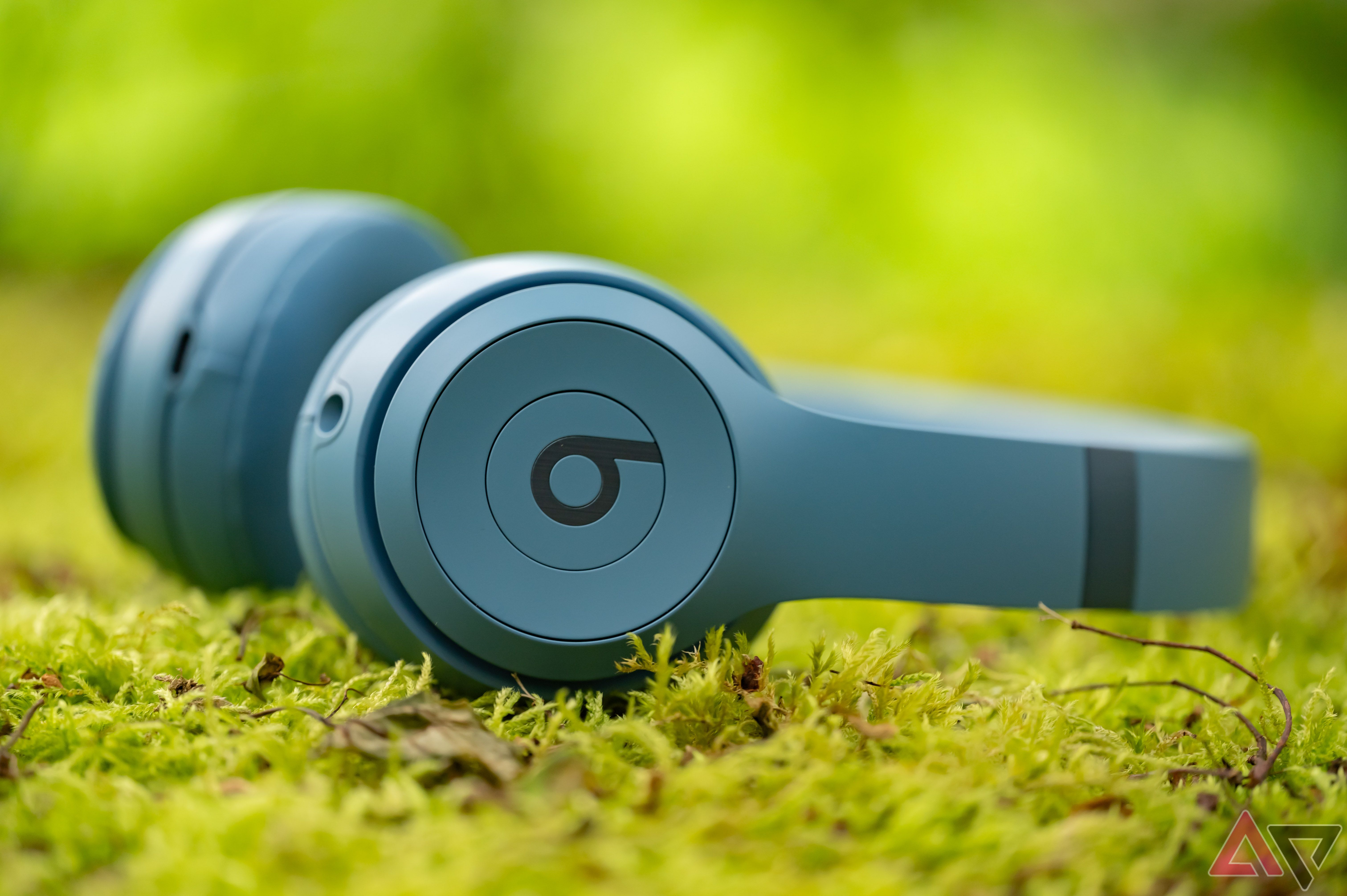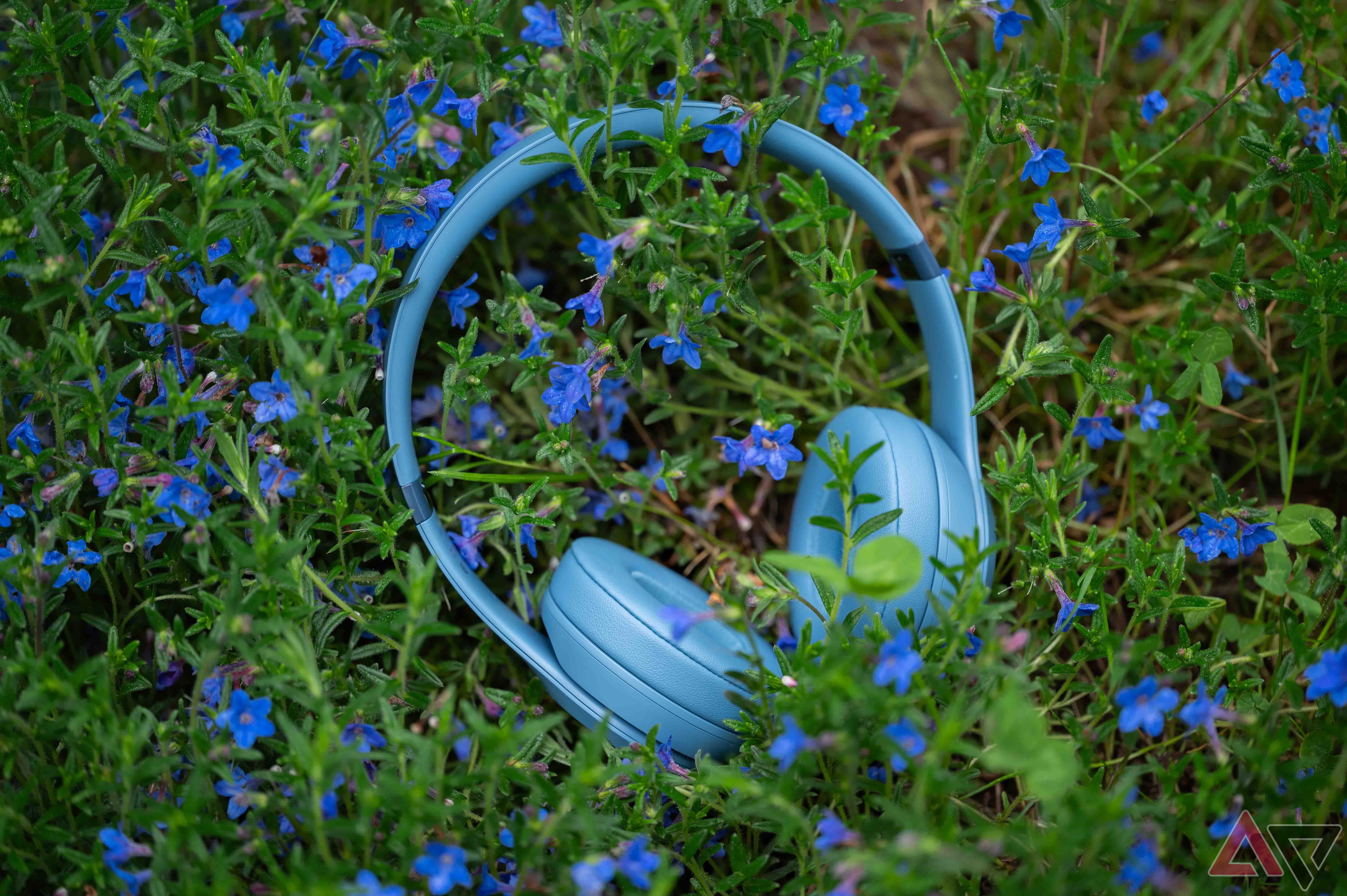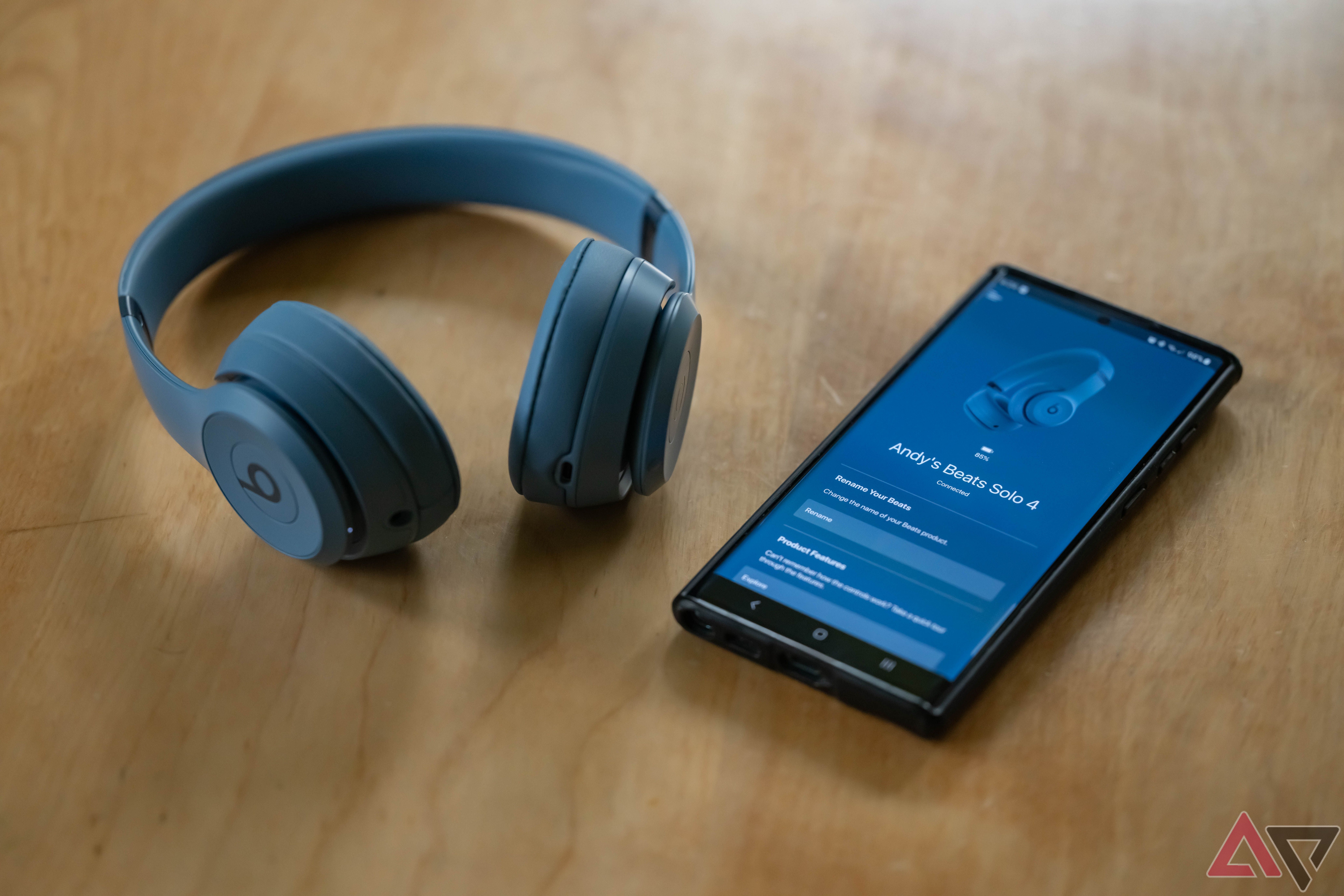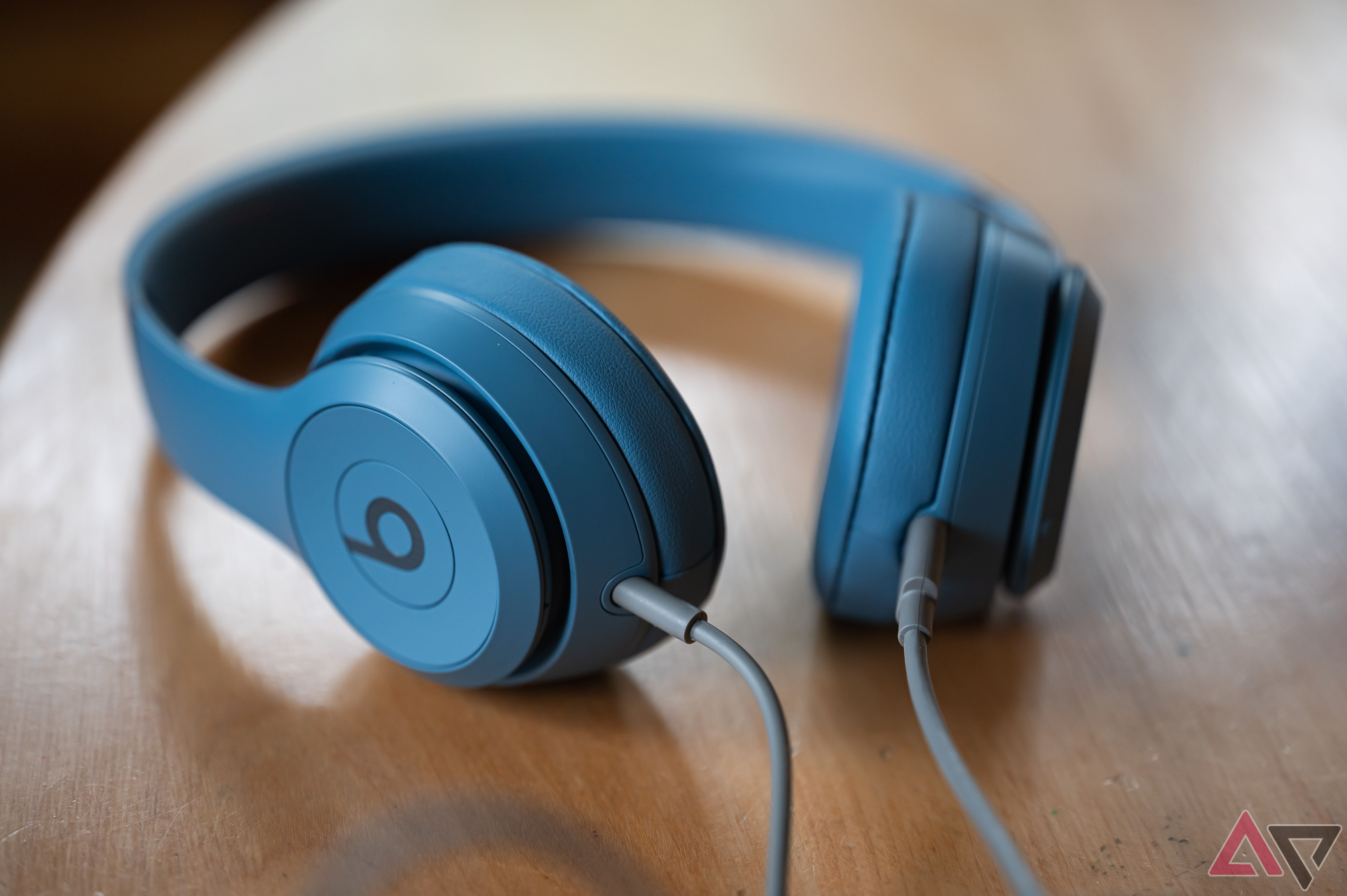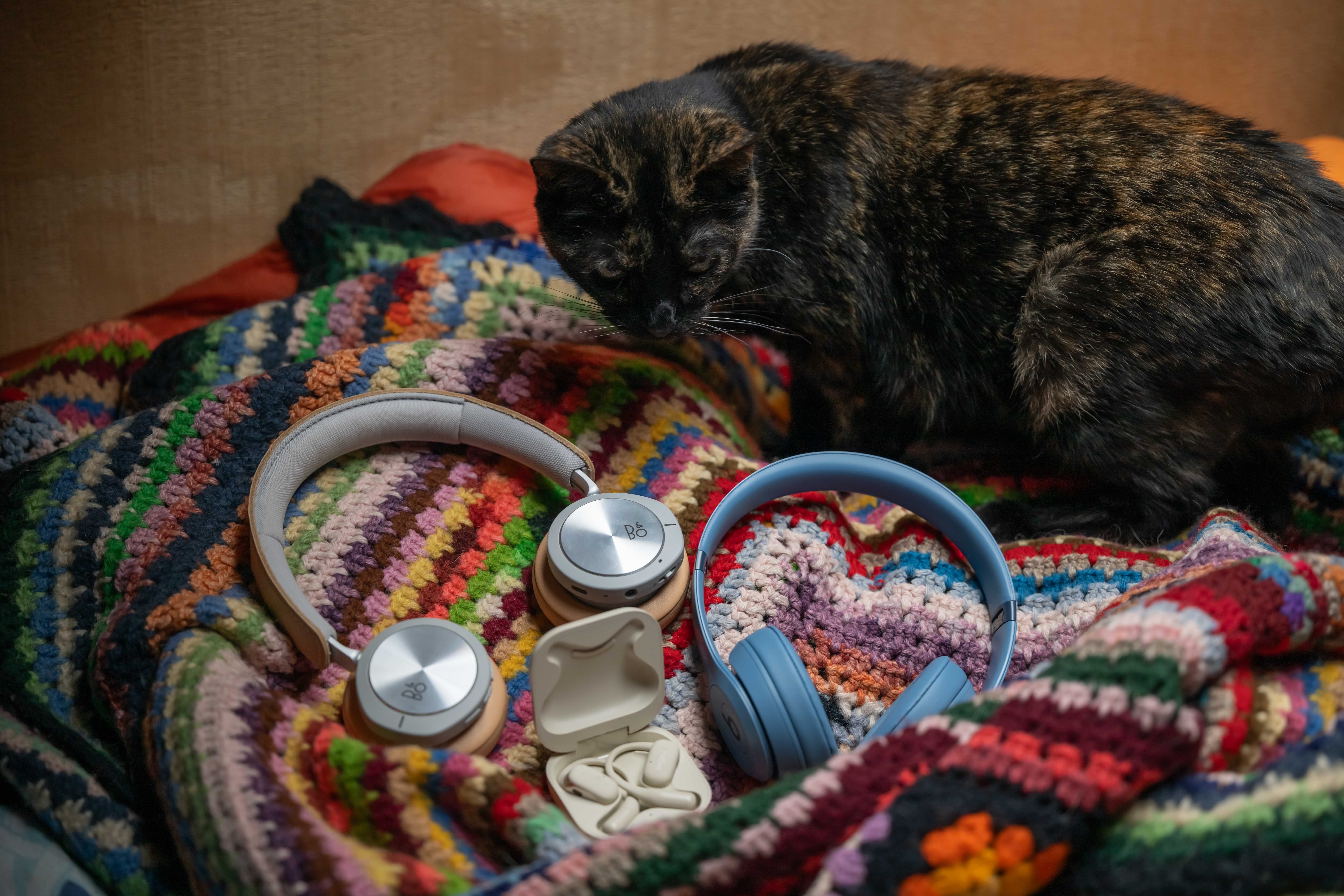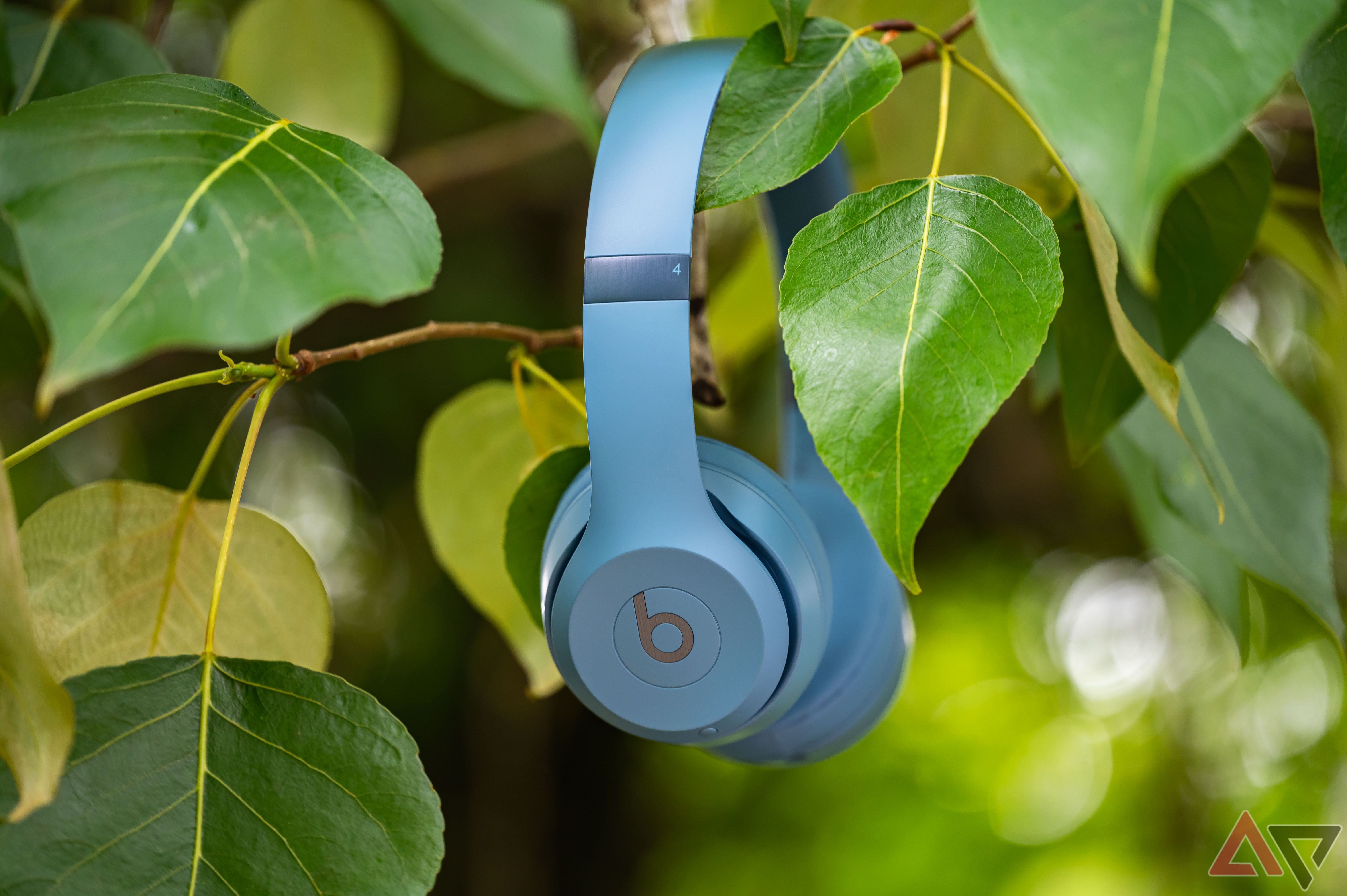On-ear headphones offer a portable alternative to large over-ear headphones that aren’t as intrusive as earbuds, and the Beats Solo 4 is the latest iteration of one of perhaps the most popular options available. They certainly offer that unmistakable look of Beats products, but does mainstream appeal really get you the best listening experience? That may just depend on how integrated you are with Beats and the variety of music you favor.
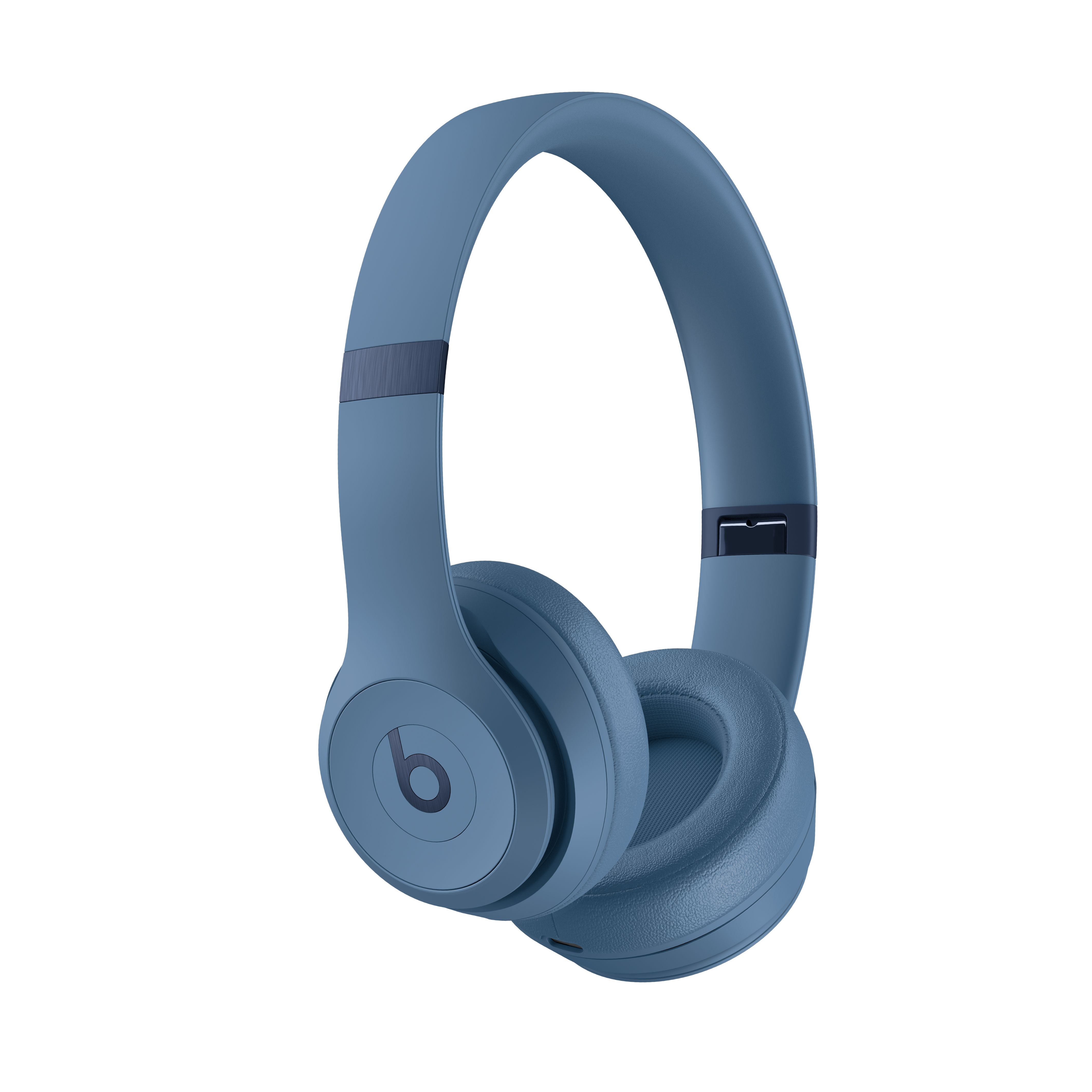
Beats Solo 4
The Beats Solo 4 look great and are well made, but they are sorely lacking when it comes to audio quality. They’re also missing active noise cancelling and are severely overpriced.
- On-headphone controls are simple and tactile
- 50 hours of battery life
- Attractive appearance
- Good build quality
- Poor soundstage and acoustic instrumentals lack definition
- No active noise cancelation
- Missing features on Android
- Severely overpriced
Price and availability
The Beats Solo 4 is available for $199 directly from Beats, though it seems to be already discounted to $149 among other retailers such as Amazon.
Specifications
- On-ear or over-ear
- On-Ear
- Wired or wireless
- Both
- Battery Life
- 50 hours
- Noise Cancellation
- None
- Bluetooth
- Yes
- Microphones
- Beamforming MEMs
- Movable mic
- No
- IP rating
- None
- Supported codecs
- AAC, SBC
- Charging type
- USB-C
- Driver size
- 40mm
- Dimensions
- Height: 68 mm Width: 158 mm Depth: 177 mm
- Weight
- 217 g
- Foldable
- Yes
- Case included
- Yes
- Price
- $199
- Battery charge time
- 2 hours 15 minutes
Design and fit
Fashionable and comfy, just not for big heads
The Beats Solo 4 are certainly attractive headphones, complete with that highly recognizable Beats logo. They’re available in Matte Black, Slate Blue, and Cloud Pink. I tested them in Slate Blue, and they look great. As far as headphones can be fashion accessories, the Solo 4 certainly excels in this regard. Deserved or not, people do recognize Beats as a quality brand, so there’s a certain amount of street cred to be had here. In the box, you get the headphones, plus a carrying case, USB-C cable, and 3.5mm audio cable.
Beyond mere good looks, the Solo 4 are sturdily built. The hinges are well constructed, smooth, and seemingly quite durable. The sliding fit adjustments on the headband are similarly robust, and the plastic components of the headphones seem to be high quality as well.
I particularly appreciated the Solo 4’s control scheme, which involves simple tactile buttons built into the Beats logo to control play/pause, skip back/forward, adjust volume, and answer/end calls. A dedicated button also controls power and pairing, and I found all of it reasonably easy to pick up and use without a significant learning curve. The large button system in the Beats logo is preferable to touch-sensitive systems and small buttons I’ve used on other headphones.
The Solo 4 was quite comfortable for my friends with small heads, though on my double-XL noggin, they pinched, and I couldn’t wear them for long, uninterrupted periods. For context, I wear just about the largest size of eyeglasses available, and only the very largest hats will stay on without a string. More average head sizes won’t have a problem, but if you in any way resemble Jimmy Neutron in a head-to-body ratio as I do, you may want to avoid the Solo 4.
Sound and call quality
OK or awful, depending on your taste in music
Normally, it takes some time for me to grow accustomed to and appreciate headphones; with the Beats Solo 4, I experienced the inverse, with my enjoyment of the headphones declining the longer I listened. I began with my usual fare of rock and metal, kicking off with Billy Talent’s re-release/remaster of their 1999 album Watoosh! (published back when they went by Pezz). The angsty punk tones sounded fine, with the treble, mids, and bass all seeming fairly well-balanced. These headphones have a sort of highly processed punchiness that’s hard to describe.
This punchiness was even more apparent when listening to Charles Berthoud’s song Elevated. The Solo 4 certainly pumps up bass notes, but here I started to really notice the inadequacies of the Solo 4’s sound stage. The headphones lack a feeling of space and depth, and here I found that the lack of crisp definition in these headphones showed in a fairly glaring manner.
The Beats Solo 4 fared better when rendering the retro funk of Jazz Emu’s Eggerson Keaveney, and Motionless in White’s Cyberhex was also a fun listen on the Solo 4, as the highly processed sound profile of the headphones pairs well with synthesized instrumentals, vocals-heavy music, and highly stylized pieces.
In other words, the Beats Solo 4 are particularly well suited to music where amplifying a theme is a higher priority than the actual audio quality of the vocals and instrumentals. This impression was sealed when I threw on Weird Al Yankovik’s White and Nerdy. Considering that the Beats brand originates with Dr. Dre, the sound character starts to make sense.
If you enjoy rap or hip-hop, you’ll probably like the Solo 4, but in a classical piece like Mozart’s Requiem in D Minor, the violins didn’t sound quite right, and Piano Concerto No. 21 in C Major sounded almost like it was synthesized, rather than the actual acoustic recording. This issue with acoustic instruments was thrown into harsh reality when I finally got around to playing 2-Cellos Thunderstruck, which is the song by which I typically compare audio equipment. Within a few moments, all the goodwill I had previously felt towards the Solo 4 evaporated.
The 2-Cellos cover of Thunderstruck is a masterpiece, but somehow, the Solo 4 made it sound almost fake. Where more synthetic bass notes or drums are perfectly fine, with Thunderstruck, all definition in the echoing bass of the cellos is lost. The same is true throughout the mids and treble, so the recording sounded more like a generative AI’s attempt to synthesize the song. If you love acoustic instruments, you’ll likely hate the Solo 4.
To verify my increasingly negative opinion of the Solo 4, I recruited a friend of mine who is a professional vocalist. She agreed that while vocals are generally solid with the Solo 4, classical music and instruments suffered greatly. Her critique was that acoustic instruments were tinny, especially in the treble range, and that complex orchestral pieces were mushy. She uses a battered pair of old Marshall headphones with ear pads that are falling off, and she would prefer to continue using them than the Solo 4 if given the option.
In terms of call quality, the Beats Solo 4 were competent, if unremarkable. Noise isolation from the microphones was enough to cancel out a passing car, but nearby background voices came through the call clearly.
Software
Works best with IOS, lacks active noise cancelling
If you’re on Android, you can download and install the Beats app if you want to update the firmware of the Solo 4. However, as the app does not even feature EQ adjustments and requires you to say yes to some major license agreements, I recommend saving space on your phone and skipping it. Apple users don’t need an app at all.
The Solo 4 suffers from a glaring lack of active noise cancelation. The on-ear design does passively block a decent amount of noise, but at this price point, it’s very strange to find headphones like this without such a ubiquitous feature. I was unable to try the spatial audio feature, as it requires the use of an iOS device with a true-depth camera, which I did not have access to at the time of testing.
If you use an iOS device, further exclusive features available on the Beats Solo 4 include access to the Siri virtual assistant, Apple’s Find My service for locating the headphones if you happen to lose them, audio sharing with other Beats and AirPod products, customization of the product name in the Bluetooth menu, automatic updates, iCloud pairing, automatic switching between iPhone and Apple Watch depending on proximity, and one-touch setup.
On Android, some of these features are replicated with multi-point pairing, Google Fast Pair, Google’s Find My Device, and automatic pairing to all devices registered to your Google account.
Using Android, I found that the Solo 4 pair extremely quickly and easily, to the extent that they would occasionally pair to my phone unexpectedly when I was in a different room in the house from the headphones. I only realized this when, rather than music playing from my earbuds, it came out of the headphones elsewhere and frightened a cat.
Battery Life
Good for the week and quick to charge
The Beats Solo 4 boast an advertised 50-hour battery life, and this does seem to be accurate. In the week I spent testing them, they never needed a recharge, which is one of the headphones’ most positive aspects. Charging is done via the included USB-C cable; just 10 minutes of charging will net you 5 hours of battery life. If you run out of juice, you can still use the headphones by plugging them in via the provided AUX cable.
Competition
Anything’s better than Beats
With an MSRP of around $200, the Beats Solo 4 is swimming in dangerous waters. Tested against various headphones in this price range, they just can’t go head-to-head with the competition. Against the now long-in-the-tooth B&O Beoplay H8i, the Solo 4 was lacking in every regard, except perhaps comfort, for people with smaller heads than mine.
The H8i was originally much more expensive than the Solo 4, but can now be found for around the same cost as the Solo 4. Superior sound and build quality aside, the H8i features ANC, whereas the Solo 4 conspicuously lacks this common modern feature. It’s a similar story when looking at the Jabra Elite 85H, except those are better even regarding comfort, regardless of head size.
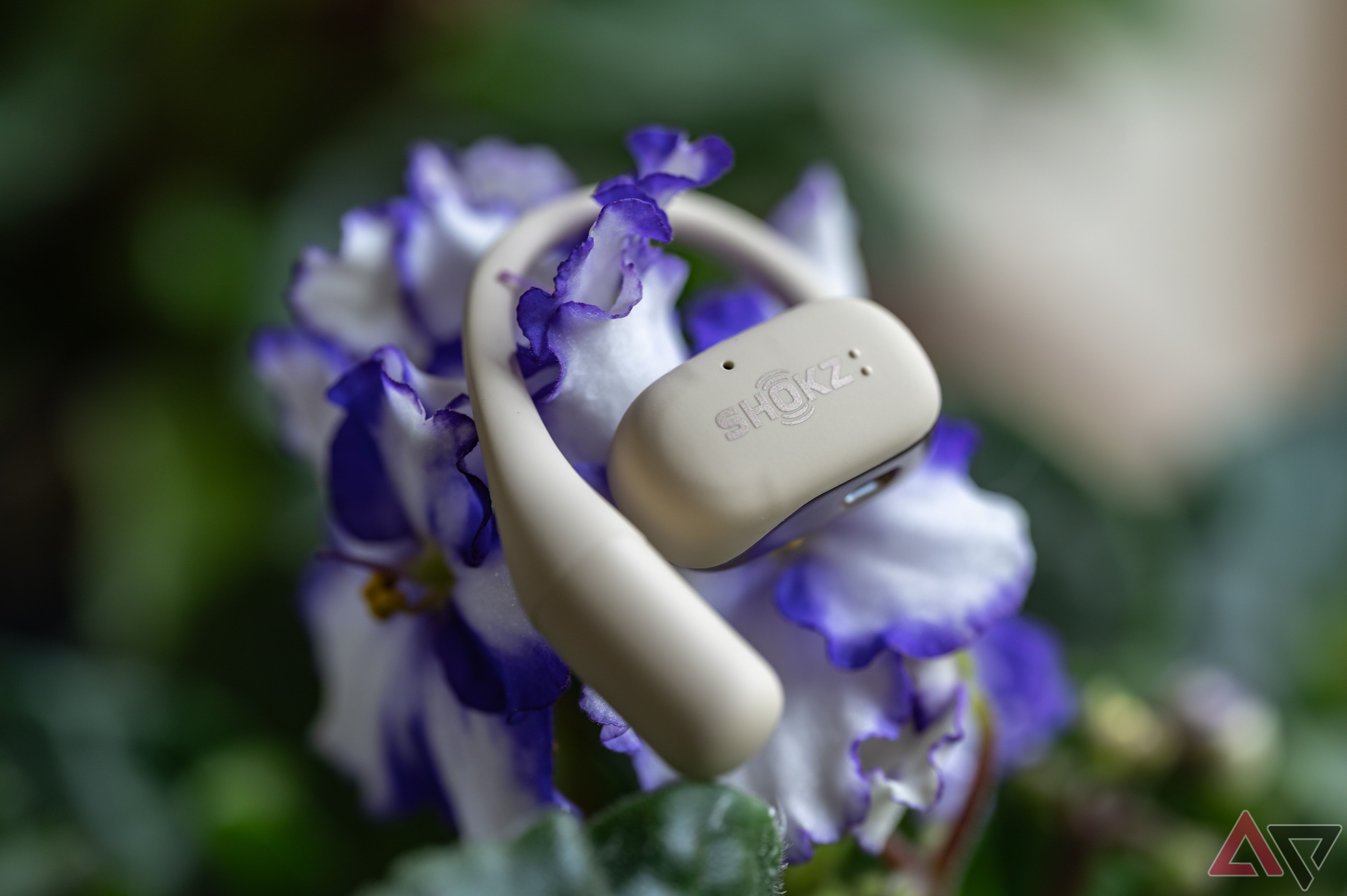
Shokz OpenFit earbuds review: Private listening without the isolation
A good fit for all-day wear
However, perhaps the most telling defeat was when the Solo 4 was pitted against the Shokz Openfit open-ear earbuds. The Openfit and other open-ear earbuds call into question the utility of on-ear headphones as a genre, and this is nowhere more evident than in a comparison between the Solo 4 and the Openfit. The Openfit are more portable, more comfortable, offer vastly superior audio quality, and cost $20 less than the Solo 4. The only downsides are that they offer even less noise canceling than the Solo 4 and are perhaps less secure, but overall, they absolutely leave the Solo 4 in the dust in most ways that really matter.
The Beats Solo 4 are simply too expensive and would be much more competitive at half their MSRP, though even then I would prefer my $40 Koss Porta Pros over the Beats. Even though the Solo 4 seems to widely retail for $149 rather than its MSRP, they still aren’t competitive at that price point. For example, the aforementioned Shokz Openfit are also commonly available for $149.
Should you buy them?
While the Beats Solo 4 are probably not a purchase you’d regret if you listen primarily to rap or hip-hop, that’s only the case so long as you don’t let yourself be spoiled by all the other tempting alternatives. The Solo 4 are well made and are very nice to look at. Plus, they deliver passable sound as long as you avoid anything heavy in acoustic instruments. Still, quite frankly, you can buy almost anything else at this price point (or even much lower) and enjoy better sound quality or more advanced features.
I liked the Solo 4’s simple, tactile button controls. If you own and love a previous generation of Beats Solo headphones, then the Solo 4 will likely be a pleasing upgrade when your old ones wear out. Also, while support for Android has improved compared to previous generations, you’re still missing out on key features unless you’re using them with an iOS device. Regardless, I’d wait for a really, really good sale before considering buying the Beats Solo 4.

Beats Solo 4
The Beats Solo 4 look great and are well made, but they are sorely lacking when it comes to audio quality. They’re also missing active noise cancelling and are severely overpriced.

Best wireless headphones in 2024
Good wireless headphones are an investment — here are all your best options




